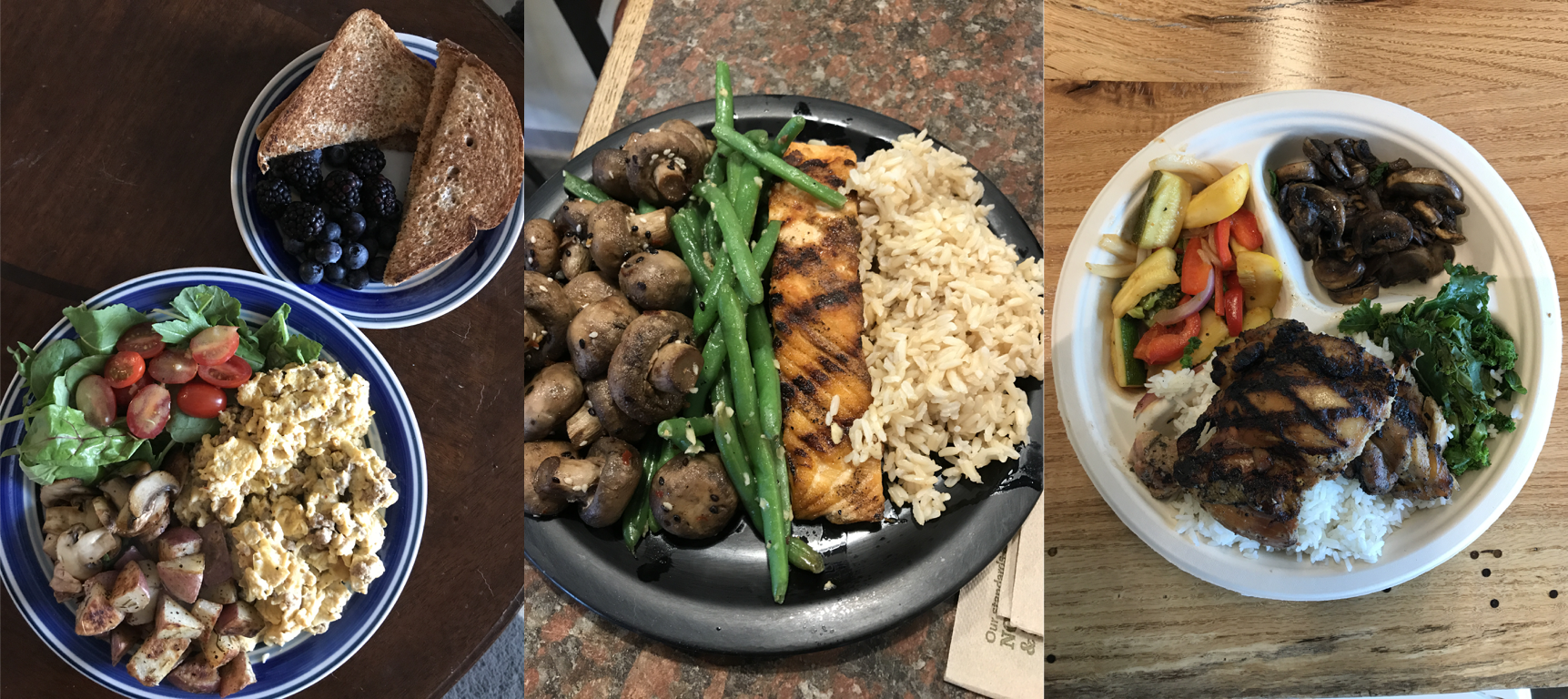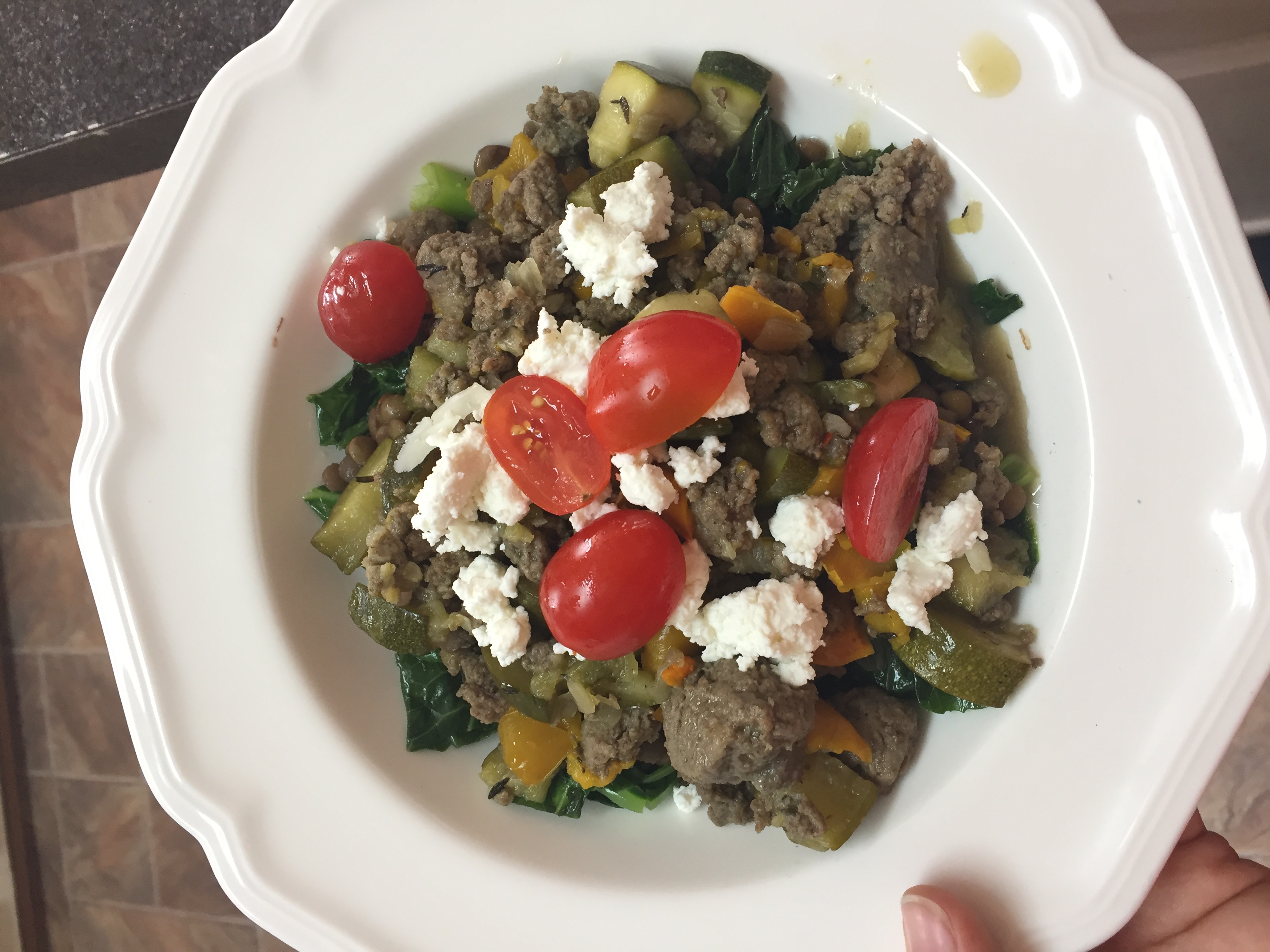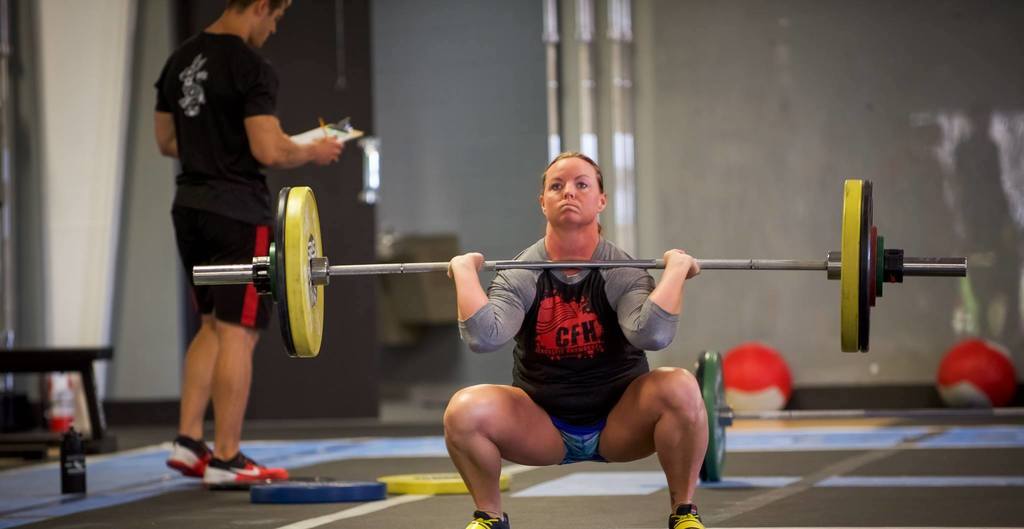“Let food be thy medicine and medicine be thy food.” – Hippocrates
Your body is a machine and that machine needs fuel to function. Food is your fuel. The kind of fuel you put in your body will determine how smooth your body will run. There is a saying that “you wouldn’t put the cheap fuel in your Ferrari would you?” The way you feel and the way you perform are directly related to your nutrition choices.
We are all on our own journey. Some of you may just be wondering where to start. This whole nutrition thing is frustrating and confusing and you just need some guidance and a nudge in the right direction. Others of you may be competitive athletes looking to enhance your performance. Nutrition is one aspect you can control.
So where do you start?
Calories
The medical dictionary definition of a calorie, or more technically a kilocalorie, is the “amount of energy required to raise 1 kilogram (kg) of water by 1º C.”
For the purposes of nutrition, a calorie refers to the amount of energy we get from the food and drink we take in as well as the energy we expend during exercise. Calories are needed to live and individual caloric needs vary based on height, weight, age, activity level, and gender. According to the USDA, the average female needs 2,200 calories and the average male needs 2,700 calories per day. Keep in mind that this is just an average and there are variations based on the factors listed above.
[thrive_leads id=’8426′]
Macronutrients & Micronutrients
We get our calories from three macronutrients: protein, carbohydrates, and fats. All three macronutrients are important for the body to function. Protein and carbohydrates are both measure 4 calories per gram while fats measure 9 calories per gram. We also need micronutrients (vitamins and minerals) but in much smaller amounts. Examples of micronutrients are calcium, iron, magnesium, potassium, selenium, sodium, zinc, vitamins A, B6, B12, C, D, E, and K. These micronutrients are found in the whole foods we eat.

Example meals containing a balance of all 3 macros and lot’s of micronutrients
Protein
According to the National Institutes of Health (NIH), protein is composed of amino acids, which are the building blocks of protein. Amino acids are categorized as essential (not found in the body and have to be obtained from food) and non-essential (made by the body). There are 20 amino acids, 9 of which are essential.
Protein is involved in almost every process of the body to include muscle and tissue repair, blood and organ building, and making enzymes and hormones. Our hair and nails are actually made up mostly of protein.
Depending on our activity level and choice of fitness, we need 0.7g/lb. up to 1g/lb. of body weight. This can easily be done by taking in 20-30g of protein each meal. Common sources of protein include meats like beef, chicken, and seafood. Other sources include eggs, beans, and tofu. The total caloric intake of daily protein is usually 25-30%.
Carbs
Carbohydrates are the body’s preferred source of energy. The simplest form of a carbohydrate is glucose. The body needs glucose to function, particularly the brain. When your body needs energy, it looks for glucose from the food you’ve eaten first. If you eat the right amount of carbohydrates your body needs per day, your body will convert the glucose to glycogen and store it in the muscles and the liver. If you consume more carbohydrates than your body needs, it will store the excess as fat. There are three types of carbohydrates: simple (sugars), complex (starches), and fibrous. Some sources of simple sugars are fruits, vegetables, and milk products. Some sources of starches are grains, vegetables, rice, and dried beans. Some fibrous carb sources come from green leafy vegetables, some fruits, and whole grains. Depending on the type of exercise you perform will determine on how many carbohydrates you should take in within a day. It can range from 40-60% of your total calorie intake.

Veggies are carbs too! Get plenty in your diet.
Fats
Fats are also very important for the body to function properly. Fats are needed in order for the body to absorb the fat-soluble vitamins A, D, E, and K. According to the NIH, “essential fatty acids contribute to brain development, blood clotting and aid in inflammatory control.” Fats shouldn’t be avoided in the diet. There are different types of fats. Some are ‘good’ and some are ‘bad’. Some examples of fats that can be considered bad because of their impact on cholesterol and their link to heart disease are saturated fats, trans fats, and triglycerides. Some examples of good fats are monounsaturated fats, polyunsaturated fats, Omega 3 fatty acids, and Omega 6 fatty acids. These good fats have protective properties from heart disease and can reduce inflammation. Some sources of good fats are olive oil, sunflower seeds, walnuts, flaxseeds, and fatty fish like salmon and tuna.
Fats are also used by the body for energy. During the first 20 minutes of exercise, glucose is the body’s primary source of energy, but will then switch to fatty acids when extended beyond the 20 minutes. The remainder of total daily calories after finding protein and carbohydrate values will come from fat.
Now that you have some basic information about where your calories come from and good sources of each, what do you do now?
Putting this info into practice
Changing your eating habits can be overwhelming. We find that these changes are more successful if done in stages so that you are comfortable with one before adding another step.
1. Simply start out by making better food choices.
Focus on eating quality whole foods: lean proteins, fruits, vegetables, nuts and seeds. Ditch the fast food and sodas. If you fall into this category, changing the quality of your food is much more important than the quantity. In the first few months of simply making better food choices, you will see changes in weight and body composition.

Opt for lean proteins, vegetables, healthy fats, and whole grains more than processed foods.
2. Once you have developed healthy eating habits, there will come a time when you will need to begin focusing on the quantity of food.
There are several free resources out there that can help you estimate your total daily caloric needs as well give you guidance on your macronutrient breakdown. These resources are a great starting point, but if you are serious about finding the right fit for your goals and needs, I highly recommend working with someone that can give you a custom set of macronutrients plus accountability and adjustments based on changing needs. We offer nutritional coaching at Mash Elite and if you are at this stage, one of our coaches would be excited to help you reach your goals.
[thrive_leads id=’8361′]
3. For performance athletes especially, nutrient timing is a strategic way to manipulate macronutrients around workouts.
Protein and carbohydrates are the main concern in the post workout time period. You would eat a 1:2 ratio of protein to carbohydrates in this period. For example, if you consume 25g of protein, you should also consume 50g of carbohydrates. Exact numbers are based on individual needs.
According to a study conducted by Aragon and Schoenfeld, there is an ‘anabolic window of opportunity’ lasting around 30-45 minutes after a training session. Findings of the study showed that “theoretically, consuming the proper ratio of nutrients during this time not only initiates rebuilding of damaged muscle tissue and restoration of energy reserves, but it does so in a supercompensated fashion that enhances both body composition and exercise performance.” Limiting fat intake with the first meal post workout has also been shown to allow for the quickest absorption of glycogen into the muscles. All other meals of the day, you would eat protein, carbohydrates, and fats.
At the end of the day, whether you are someone who just wants to be healthy or a high-level competitive athlete, nutrition is a very important part of your recovery and performance and is well within your control. Treat your body like the temple it is and CHOOSE to put healthy foods into your body a majority of the time. I promise you that if you do this, you will look better, feel better, and perform better.
Crystal

Pingback: Core Skills: Properly Reading Nutrition Labels – Mash Elite Performance